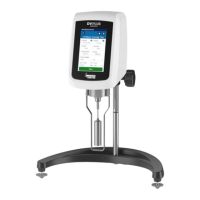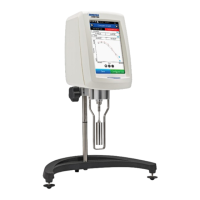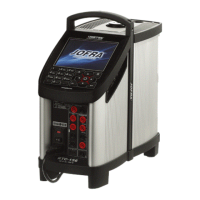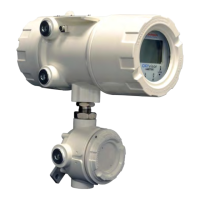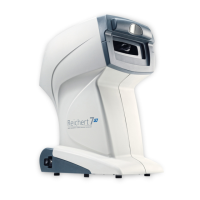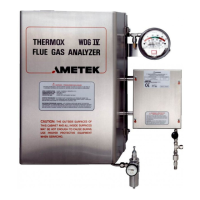AMETEK Brookeld Page 43 Manual No. M08-372-F1116
DISCUSSION: As the probe travels through the sample an initial fracture of the surface is
recorded. This fracture is greater in relation to other peaks within the chocolate
coated sample due to surface characteristics. A range of internal fractures
are then recorded as the probe progresses to the target deformation of 3 mm.
The level of peaks within the sample are indicative of crispiness e.g. harder
samples showed greater fracture force and were thus considered as being
morecrispy.Theoverallforce:deformationcurvehighlightsvariouspeaks
and troughs as the aerated structure of the sample is penetrated, peaks may
be caused through the presence of sugar crystals or where the probe makes
contact with air pockets within the dough structure. The overall positive
area of the curve is indicative of sample hardness (as is peak force) and may
be taken as a direct indication of bake conditions imposed e.g. hotter oven
or longer residence time produces a harder biscuit within a sample batch.
As two different varieties of biscuit were evaluated, the overall hardness
characteristics were considered to be the result of variations in formulation,
composition and process conditions imposed. Please note that if inclusions
such as chocolate chips or oats are in the biscuit, they will contribute directly
toresultuctuations.
PARAMETER
COLLECTION:
Use with TexturePro CT software is necessary to obtain fracture
calculations.
PARAMETERS: HARDNESS Load detected at highest peak during compression
WORK Integrated area under the compression cycle. Total
energy required to penetrate the sample
QUANTITY AND NUMBER OF FRACTURES
Internal ruptures and fracture of sample as structure is
broken. Indicative of sample brittleness and internal
bond strength.
CONCLUSIONS: Crispiness is an extremely complex parameter to quantify being a function
of many artifact attributes. This investigation has excluded the inclusion of
number of peaks in order to simplify the equation employed, however, it should
be noted that the number of internal factors is an important consideration
whenevaluatingtheforce:deformationprolesformed.Morecomprehensive
equations should include the calculation of peaks per mm penetration as well
as the internal strength or bake characteristics of the product.
EMPIRICAL Resultswillbeaffectedbyalargenumberoffactorsincluding:
FACTORS: 1. Biscuit composition
2. Sample age
3. Atmospheric exposure
4. Positioning beneath probe (closeness to sample edges)
5. Surface characteristics
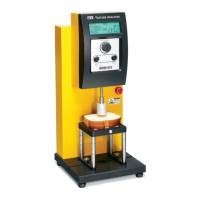
